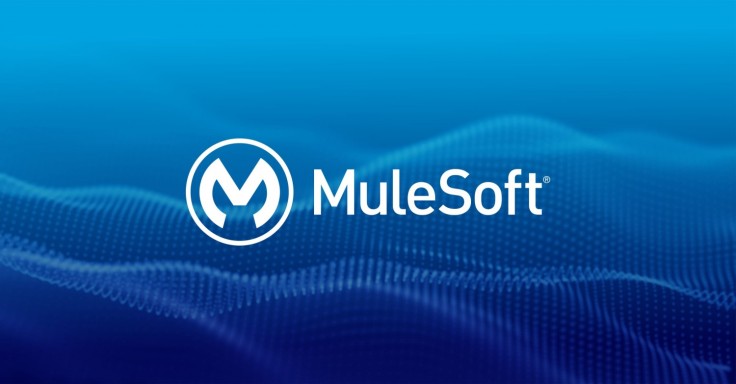Integration and API system leader MuleSoft introduces its latest solution with the MuleSoft Composer for Salesforce - offering a new and easier way for business teams to integrate their apps and data, delivering digital innovation at a much shorter time.
MuleSoft Composer for Salesforce builds upon the company's industry-trusted service Anypoint Platform - the unified single solution for total integration platform as a service (iPaaS) and full-cycle application programming interface (API) - making it the first generally available Composer solution and is the only integration solution of its kind right now, one that is embedded in its Salesforce UI.
This alone makes it easy for different business teams to implement their integrations into the Salesforce platform automatically. Teams can also launch their digital projects through the integrated platform's connected experiences, without the need to write additional code for new implementations - enabling faster turnaround times and allowing the organization to achieve success from virtually anywhere.

READ ALSO : Managing Enterprise Integrations the Easy Way
Automated Integrations for Increased Productivity, Faster Project Implementations
According to a press release for the MuleSoft Composer for Salesforce, businesses can get an unprecedented 360-degree view of customer needs and deliver an integrated solution by consolidating various integrated automation capabilities - all in the Salesforce platform.
Coming with a library of pre-built connectors to other commonly used systems and apps - NetSuite, Salesforce, Google Sheets, Tableau, Slack, Workday, and more - MuleSoft Composer provides for seamless integration among existing projects and systems and allows the following improvements:
Streamlining Sales Operations - System administrators can easily design automation workflows connecting Salesforce and NetSuite for easier order-to-cash activity monitoring, further increasing team productivity and system efficiency. This cashflow data can be easily visualized for reports through its Tableau connector.
Fostering Team Collaboration, Anywhere - From project updates to visualized sales reports, different service teams in the organization can access the same data and collaborate from anywhere by having the Salesforce Sales Cloud connect with Slack and even Google Sheets.
Enhancing Employee Experience - Businesses can easily get new employees onboard the organization systems with automatic updates on the employee database and even their payroll information through systems like Workday and NetSuite.
Shifting to Digital-First Customer Experience Solutions
In its accompanying press release for the MuleSoft Composer for Salesforce, the company shared a report that most organizations have begun a shift toward digital-first customer experiences, citing data from management think-tank McKinsey & Company that up to 58 percent of customer interactions have shifted to the digital platform.
Based on conventional API setups, every digital customer experience is built on accessing and managing data - that is mostly kept in secure systems only authorized IT personnel has access to. Additionally, the Salesforce Trends in Workflow Automation report indicates that 82 percent of business owners recognize the need for data access in order to stay productive as their organizations shift to more digital projects, with up to 95 percent of technical leaders surveyed placing the highest priority on automation.
While data accessibility and ready automation integration solutions are becoming increasingly important, organizations will need to pick up on these aspects in order to meet growing customer demands from them. However, data from the recent State of Business and IT Innovation reports show that almost three-fifths or 59 percent of business owners admit the restrictions posed by siloed applications - programs that run on their own as a solution to a particular problem without interaction with other applications or systems - and its detrimental effect to businesses and customer experience.
RELATED ARTICLE : Digital Transformation Trends to Watch for in 2021









